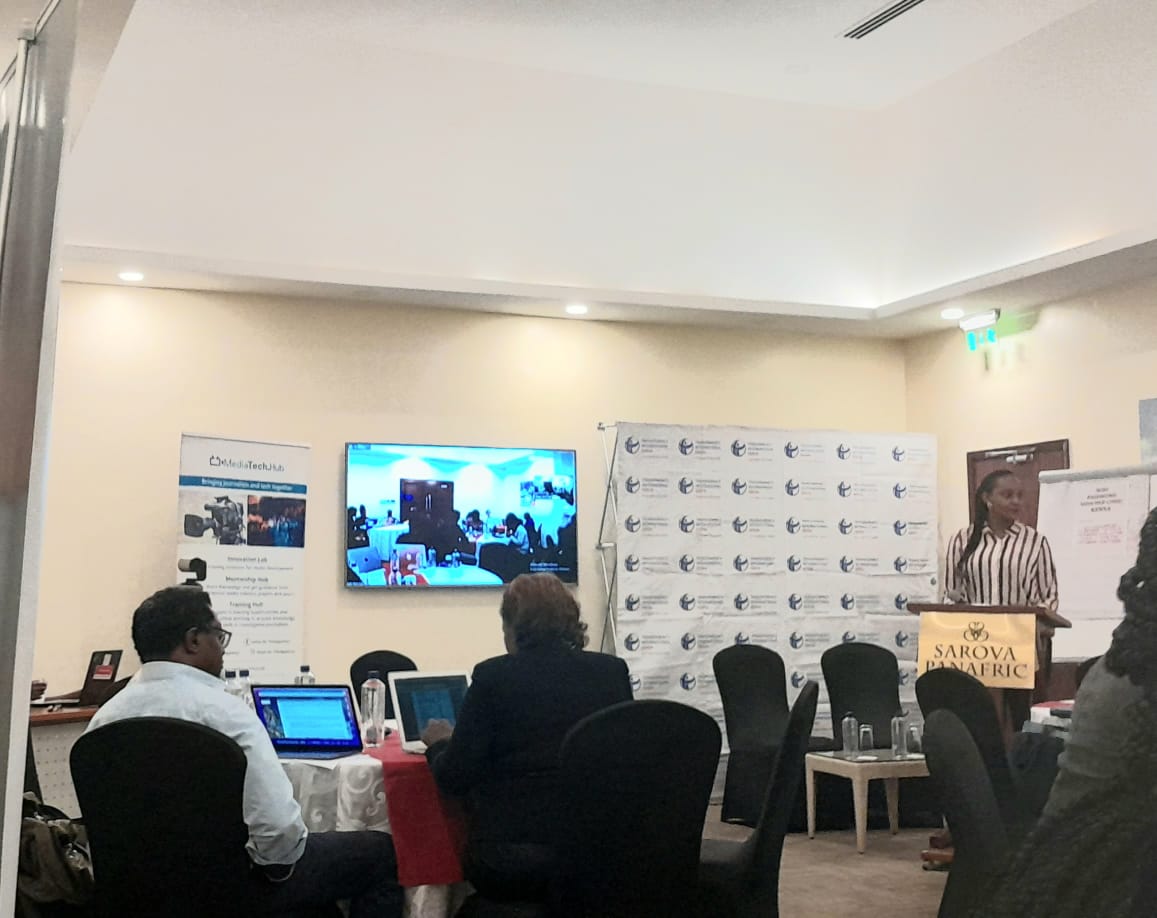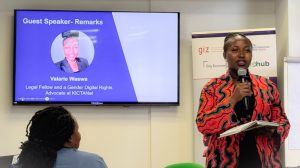Technology has become integral in our daily lives where journalists, software developers, and creatives play critical roles in information dissemination. The emergence of internet social spaces such as TikTok, LinkedIn, Twitter, Instagram, and Facebook has created a significant gap in how these key players disseminate information to the public in a unified and effective manner through the internet. Consequently, this change necessitates action.
Transparency International Kenya (TI-Kenya) hosted a meeting on March 15, 2023, at the Sarova Panafric, attended by journalists and social change innovators (software developers and creatives) to help us develop innovative solutions to promote transparency and accountability in the delivery of public services through accurate and effective media reporting.
The TI- Kenya is implementing the Media Tech Hub, a platform aimed at journalists and social change entrepreneurs to develop creative solutions for accountability and transparency in the public service delivery of media reporting.
They are going to be able to leverage the powers of an educated populace via effective use of the media and technology to increase openness and empower journalists, creatives, and technologists to contribute more to the fight against corruption by utilizing safe and innovative tools.
Many gaps emerged during the discussion, prompting journalists to retrace their steps in terms of informing the public.
How can we ensure the media and creatives stay relevant?
Creating relevant content
Media and creatives should use infographics, visuals, and talk shows to convey their material. They should also embrace social media spaces, such as TikTok and Twitter, as they are popular with a large audience Additionally, media and creatives should keep up with current events and trends to ensure their content remains timely and engaging to their audience. They can also conduct research and gather feedback from their audience to understand their preferences and adjust their content accordingly.
Misinformation and disinformation.
Misinformation is the act of disseminating erroneous or faulty information, while disinformation is the use of misleading information to deceive others. To address these issues, editors should adopt a scoop attitude( being the first to report a story) and use fact-checking tools such as snoops.com, and investigate through social media to compare and contrast public information. It is also important for editors to educate their audiences on how to identify and avoid misinformation and disinformation.
Gender equality
Gender equality in media organizational leadership and gender balance have been neglected by the media business. According to a survey conducted by Journalists for Human Rights Kenya (JHR), female journalists were more likely than their male colleagues to create human rights stories between August 2021 and February 2022. In contrast, according to the Media Council of Kenya’s 2015 “Gender Agenda” report, 74% of news items were published by male journalists.
To solve these challenges, media businesses should create diversity and inclusion policies, provide women equal chances in leadership roles, and guarantee that news coverage is neutral and free of gender stereotypes.
In the same vein, KICTANet continues to collaborate with interested stakeholder organizations to engage on critical ICT sector concerns in order to generate best practices and suggestions to strengthen our existing policy, legal, and regulatory framework. The organization is also open to cooperation and partnerships; as a result, you may join the KICTANet mailing list to share with all eager collaborators in the community.
There is also an opportunity for a new study to determine the percentage of women involved in media content production.
Neema Mujesia is the communications intern at KICTANet. She works in the Gender Digital Rights Program and is fervent about advocating for human rights for all in the technology industry.
![]()




